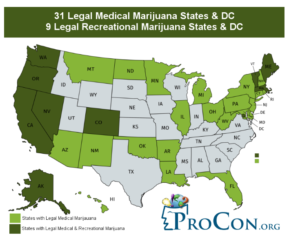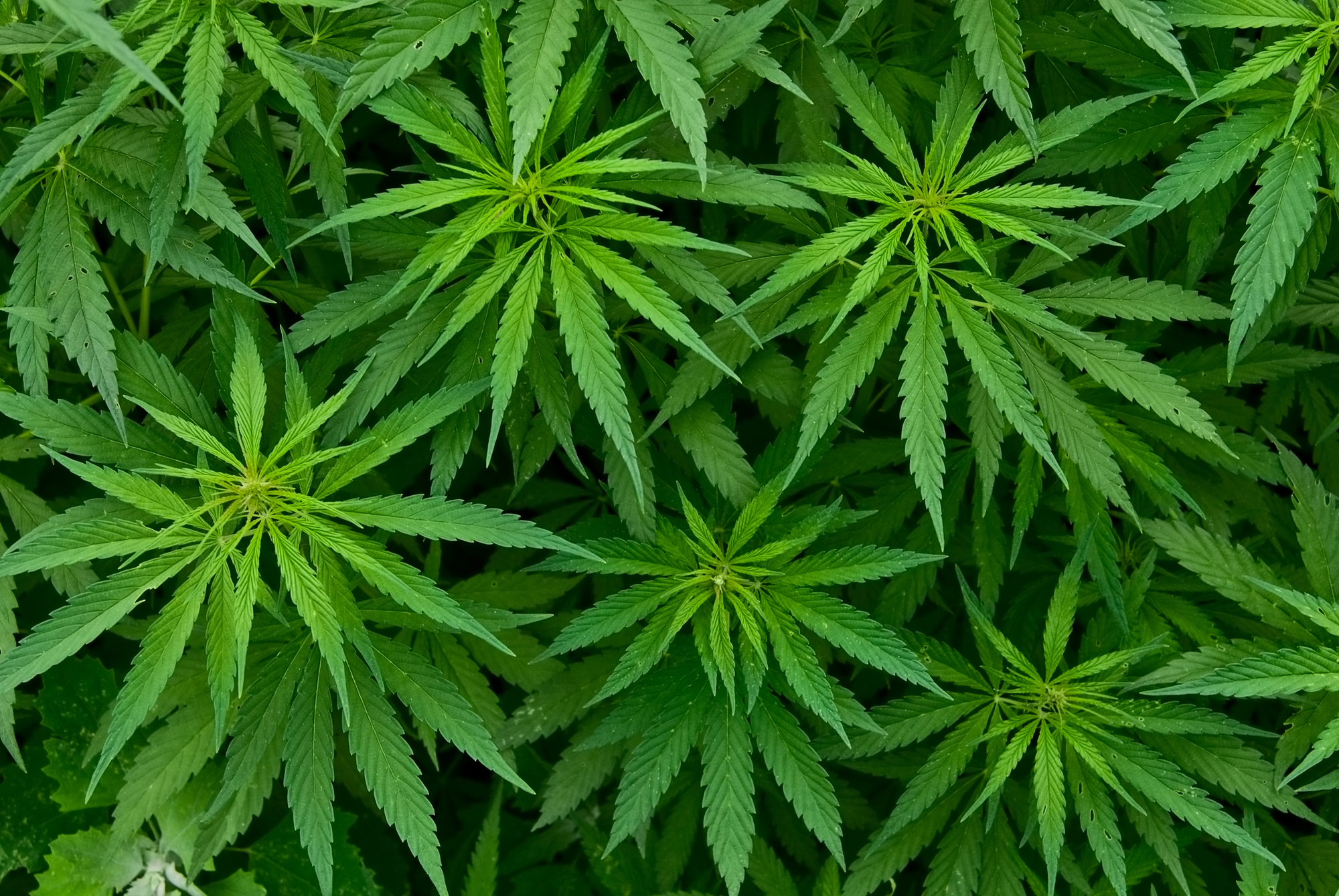Marijuana. Also called weed, pot, grass, herb, ganja, among many other names. This greenish grey mixture refers to the dried leaves, flowers, stems and seeds of one of the most famous plants in existence — one that is perhaps the most mysterious one around.
There is a growing gap between the latest science about marijuana and the myths surrounding it.
It is the most widely used illicit substance in the world, with a long and colorful history — and nowhere else is its past more colorful than in the United States. Cannabis use started to become popular in the US in the 1970s, and it currently is at the height of its popularity here.
Make mine marijuana.
One of the oldest known crop plants, going by the name of hemp, it has been used for the production of everything from textiles and ropes, to paper and other products for millennia. Historical records show humans have been making these products for at least 6,000 years — probably much longer.
Another form of the plant has been a part of religious and mystical ceremonies for just as long.
Marijuana, or hashish.
People have been using marijuana as a recreational drug for centuries, and the mind-altering substance it contains allows the users to experience a very different world around them. Archaeological research has found evidence of vessels that were used for smoking marijuana in China, India, Assyria, and Africa as far back as the first millennium.
Yet in the 21st century, the use of cannabis and its derivatives is illegal in almost all countries across the globe. There are penalties in place for its use in some parts of the globe, which are often times more severe than the punishments for major crimes like rape, assault and armed robbery. Prison sentences of up to 20 years for possession of cannabis are still in place in the United States, while other countries have death penalties for drug trafficking.
What brought about this dramatic change in official attitudes?
What made this revered plant go from being regarded as a blessing to human civilization to one of the most reviled products in the world? How did one of the principal fiber crops on the planet become so vilified that it has now seriously been reduced to a mainstream public policy issue?
Before we go over these specifics, it’s important to learn the remarkable details of this seven-leaf plant, one that is shrouded by myth, misinformation and mystery.
The marijuana experience
Cannabis sativa is the plant in question, the flowers of which contain concentrated amounts of psychoactive chemicals. These are known as cannabinoids, are produced only by this plant, and have the potency to alter the mood of people that use it.
The marijuana experience is complex.
Science has little to say about the feelings generate by marijuana intoxication, or even how these feelings compare to the feelings that are generated by other drugs. What we do know is that the sensation of being under the influence of marijuana varies from person to person, his or her purpose in using it, the social circumstances and settings, and the type and quantity consumed.
The psychoactive and psychological effects of getting high on marijuana range from relaxation and euphoria, an enhanced sensory experience, impaired short-term memory for some, and increased appetite for others. They are not always pleasant either, as some users can experience intense anxiety and panic attacks.
Its dangers are also clear.
Studies have shown a link between marijuana use and abnormal brain structure and development. It is claimed that more Americans are admitted to treatment facilities for marijuana use than any other illegal drug. Whatever side of the fence you are on, the fact remains that the use of marijuana as a recreational drug not only persists today, but is picking up pace.
Marijuana today.
The latest estimates from the UN Office on Drugs and Crime reveal that in 2013, anywhere from 128 million to 232 million individuals over the world have used the drug at least once for recreational purposes. That makes it 2.7% to 4.9% of the global population.
Where Marijuana is legal.

The prevalence of marijuana use in the US are astronomically high — several times the global average.
Some 43% of Americans said to have used cannabis in the year 2015, a number that increased further in 2016 to as high as 51%. These statistics make it the most commonly used illegal drug both in the world and the United States, with no signs of a slowdown.
To some users this is still a mind-expanding drug, somewhat like LSD, but much milder. To others, the distinction is blurred anyway, as they continue to use them together. For most, getting high and getting drunk are rough opposites, and they put their weight behind the former.
Trouble with the police
The past couple of decades have brought substantial changes to the cannabis policy landscape. As we near the end of 2017, marijuana is still listed as a Schedule I drug in the United States. It has been placed in this category because federal officials have come to the decision that marijuana currently has no accepted medical use, and a high potential for drug abuse.
Even though, as of this writing, 29 states and the District of Columbia having legalized cannabis for the treatment of medical conditions. In addition to that, 8 states and the District of Columbia have approved marijuana for recreational use, in small amounts.
Yet the debate rages on regarding the legalization and criminalization of cannabis.
Questions are being asked whether marijuana should be legalized? If so, what in particular should be legal? Simply possessing marijuana, or growing it? Selling or advertising the plant? Who gets to sell it if it becomes legal? The government? Corporations? What about taxation, how high should taxes be?
There are major disputes over cannabis in today’s world, and although things continue to move in one direction or another, the overall progress over these points is slow.
And, some would say, painful.
